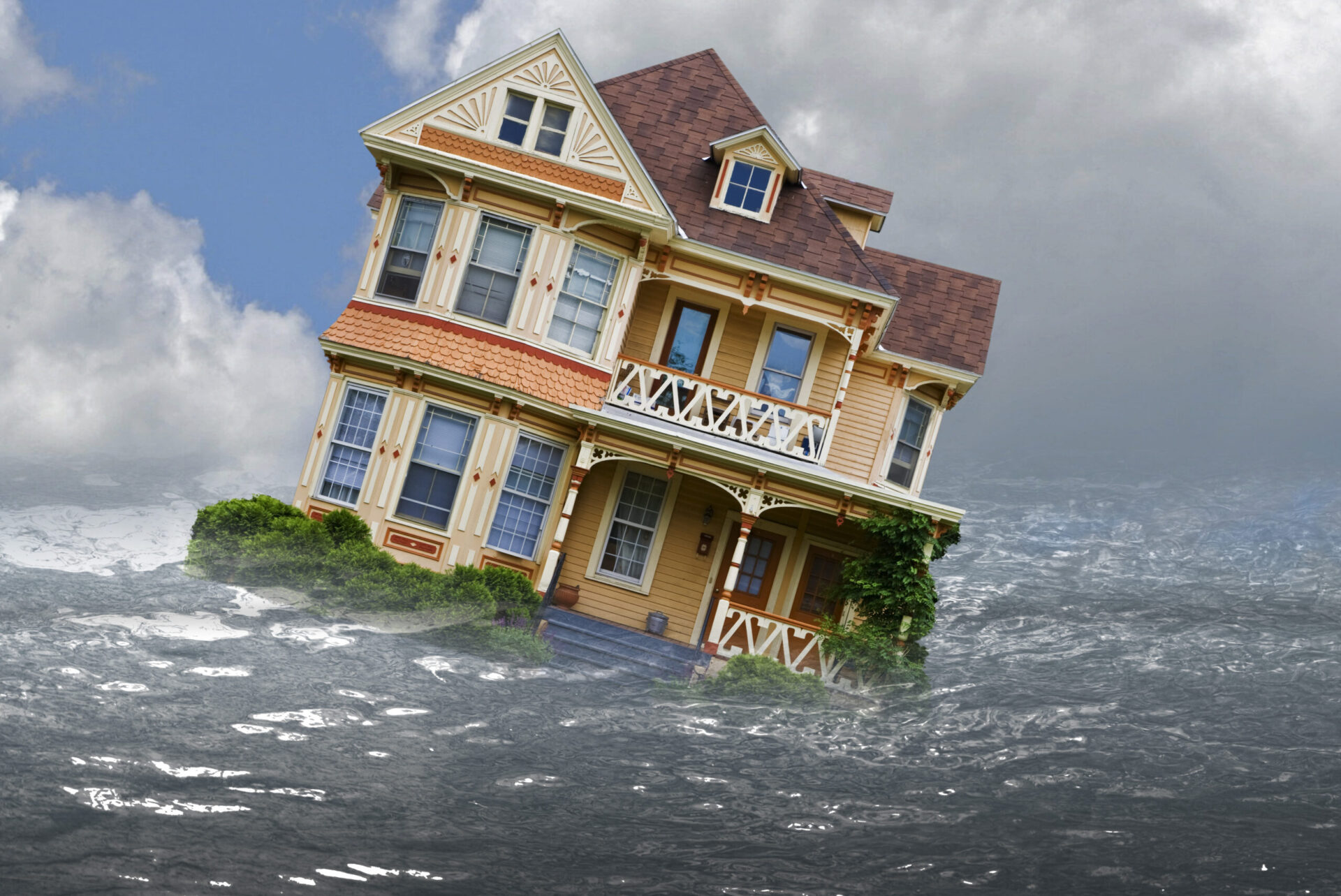As the end of the federal government’s eviction moratorium approached this summer, housing activists warned a “tsunami” of evictions and homelessness would follow.
The country is on the cusp of a “tsunami of evictions,” John Parvensky of the nonprofit organization Colorado Coalition for the Homeless told NBC News. “We will likely see more people unable to pay rent and end up being evicted and turning to the streets.”
But nearly two months after the Supreme Court ruled against the moratorium, the predicted avalanche of evictions has not materialized—leaving experts scrambling trying to explain why a factor of such certainty could have been so wrong.
The moratorium’s legal status was always hazy: The ban on evictions was never issued through Congress but was instead mandated entirely through the federal executive branch, in its last iteration by the U.S. Centers for Disease Control.
That kind of precarious arrangement made the moratorium ripe for rebuke from the courts, with the Supreme Court ultimately declaring that the CDC lacked the authority to issue such a ban.
Critics predicted that the end of the ban would see a huge spike in homeowners and renters being tossed out of their homes. Missouri Rep. Cori Bush suggested that “11 million households across our country” could face “violent eviction in the middle of a deadly global pandemic,” while White House Press Secretary Jen Psaki intimated that families were primed to “face the painful impact of evictions” with the ban’s expiration.
Brian Koziol, the executive director of the Virginia Housing Alliance, agreed that while there “are definitely some localized instances of jurisdictions getting back to higher levels of evictions across the country,” overall evictions have remained lower than predicted several months ago.
“In Virginia, we’ve been able to successfully disburse a lot of the Emergency Rental Assistance (Rent Relief Program) funds to keep tenants current on their rent,” he said. “We also benefited from landlords taking extraordinary measures to keep tenants housed.”
“In addition, in Virginia, we’re now requiring participation (within a certain timeframe) in the Rent Relief Program prior to an eviction for non-payment of rent,” he added.
Some state-level initiatives and programs do seem to have picked up some of the slack from the moratorium. Pakelody Cheam, a spokeswoman for New York City’s Coalition for the Homeless, noted that New York State “still has an eviction moratorium.” Yet state bans are, at this point, comparatively rare: Just roughly half a dozen states still have moratoriums in place.
In the lead-up to the end of the moratorium, states famously struggled to disburse financial assistance to renters and homeowners. Late efforts to distribute those funds appear to have been more successful, though reports out of states like Oregon and Colorado indicate that delays are still persisting.
Nationwide eviction data is not easy to come by—the federal government does not track those numbers, and state-by-state reporting is often guided by divergent metrics. But efforts to get a broad overview of evictions across the country have suggested that the moratorium expiry had little effect.
The Eviction Lab, a project out of Princeton University, has state-level data from six different states which show inconclusive trends regarding evictions: in New Mexico, for instance, evictions dropped just prior to the end of the federal moratorium and rose only modestly throughout September, while in Connecticut evictions began a sharp rise a few weeks before the moratorium expired.
Eviction filings in court were up 8.7% in September from August, according to the Eviction Lab, a rate that is both historically low and about half the raw number of pre-pandemic filings.
